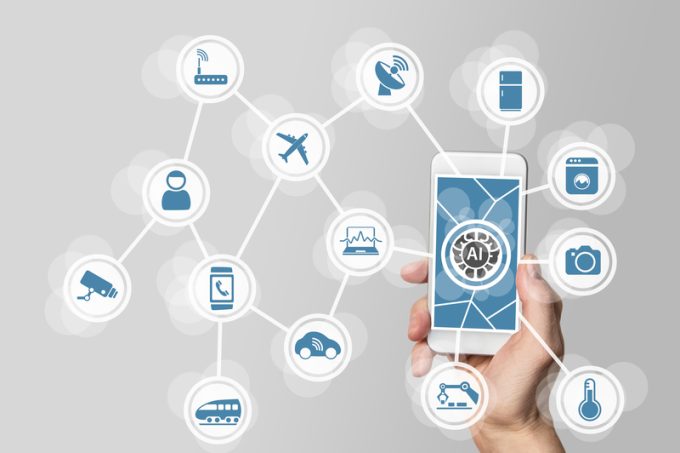Loadstar Podcast: Navigating the AI revolution in logistics
In this sponsored episode of The Loadstar Podcast, we dive deep into the world of ...

The final article in our series on AI in logistics examines how companies can avoid AI hallucinations with ’non-generative’ solutions
Global supply chains may be experiencing something of an “AI” gold rush, but according to a co-founder of Raft, anyone peddling fool’s gold will be forced “out in the wash”.
Co-founder and CTO of the self-proclaimed “world’s largest logistics AI platform” Raft, Nisarg Mehta, said the surging number of logistics platforms highlighting a purported AI operability ...
Ecommerce air traffic to US set to grind to a halt as de minimis exemption ends
Maersk u-turn as port congestion increases across Northern Europe
Apple logistics chief Gal Dayan quits to join forwarding group
Widespread blanked sailings stave off major collapse of transpacific rates
Transpac rates hold firm as capacity is diverted to Asia-Europe lanes
Airlines slash freighter capacity post-de minimis, but 'the worst is yet to come'
Houthis tell Trump they will end attacks on Red Sea shipping
MSC revamps east-west network as alliance strategies on blanking vary
Maersk Air Cargo sees volumes fall as it aims for 'margin in favour of revenue'
India-Pakistan 'tit-for-tat' cargo ban sparks sudden supply chain shocks
Gemini Cooperation carriers steam ahead of rivals in reliability stakes
Containership charter market feels the ripples from trade tensions
Changing shipment origin won't wash: US CBP turns away whole truckloads
Expeditors reports healthy growth in a 'frenzied landscape of tariffs'
Tariff on imported products for drugs would be hard for US pharma to swallow
Atlas Air stays bullish on US change: 'we're flexible, we can fly to other markets'

Comment on this article